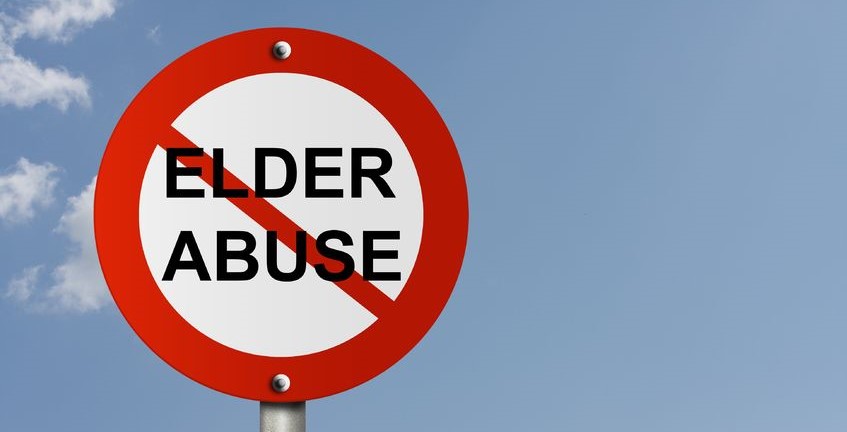According to the International Network for the Prevention of Elder Abuse, each year over 5 million elderly Americans are victims of elder abuse, neglect and/or exploitation.
By Susan Saldibar
June 15th marks the tenth anniversary of World Elder Abuse Awareness Day (WEAAD). This day of awareness was originated by the International Network for the Prevention of Elder Abuse and the World Health Organization at the United Nations.
And aware we need to be. According to the Network, each year over 5 million elderly Americans are victims of elder abuse, neglect and/or exploitation. And the uncomfortable “rule of thumb” is that, for each identified case of elder abuse, there are as many as 23 additional cases that are not reported.
Those are numbers that are hard to wrap one’s head around. It’s no wonder so many adult children are reluctant to put the care of their aging loved ones in the hands of senior care providers, when so much abuse goes unreported.
Actions speak louder than words.
Here are five suggestions that come out of both senior living communities and other organizations that are serious about reducing elder abuse and neglect:
-
Maintain a proper staffing ratio: Most senior living communities, at one point or another, find themselves understaffed. Chronic understaffing, however, can lead to stress levels that can create a perfect storm for abuse and/or neglect. Staffing levels need to be reviewed and adjusted regularly.
-
Hire for personal attributes as well as skills and experience: As you are no doubt aware, there are key personality traits that make an individual more suited to caregiving. By including a deeper assessment of those traits in your hiring program, you can ferret out those individuals who may be highly skilled but may lack the personal infrastructure to support the ongoing challenges of caregiving.
-
Train for emotional wellbeing as well as skill development: Are you training for self-awareness as well as for the nuts and bolts of caregiving? Training needs to include a method for your staff to self-check their own stress levels as well as having a buddy system in place that allows other staffers to speak up when they recognize early signs of burn out in themselves or in others.
-
Care for your caregivers: Senior living communities that invest in their caregivers are rewarded with a higher level of care for their residents. There is no mystery to this. Investing in caregivers involves more than providing pay raises and perks. Written into your HR policies should be safeguards that encourage all members of the team to work together to identify early indicators of stress and help reduce it. Regular interaction and face to face wellness sessions with team members are a good start.
-
Use technology: Today’s technology can go to work to help identify and even prevent elder abuse. Here’s a good example. Vigil Health’s Memory Care System has been identified as a way to help prevent serious resident-to-resident altercations, or “RRA” events. The system can generate signals in real time when residents leave their beds, go into the bathroom, leave their rooms and enter other residents’ rooms. Having advanced technology in place helps ensure residents are still being looked out for even if those inevitable staffing shortages do occur.
The sad truth is that there will always be a degree of abuse and neglect, unless a multi-faceted approach is used. But the best way to eliminate elder abuse and neglect is in changing the way we approach caregiving; reflected in changes made in hiring, onboarding and engaging with caregivers.
With raised awareness, of course, comes hope. But actions speak louder than words. And it is action that will help reduce the pathetically high numbers that hurt everyone.
You can learn more about what Vigil is doing to help create a safe, yet liberating environment for seniors at www.vigil.com.







